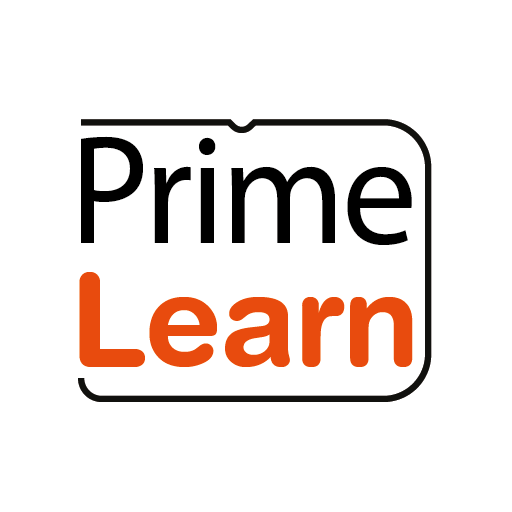A few weeks ago, one of my students approached me with a problem. He had been sent to the shop with 10,000 shillings and asked to buy sugar, bread, and milk. At the shop, he discovered that if he bought one kilogram of sugar and two loaves of bread, he would not have enough left for the milk. He paused and tried different combinations until he managed to balance the money. When he narrated this to me, his excitement was not about the shopping but about how the math he learned in class had helped him solve a real-life situation.
This is exactly what we want our learners to experience moments where problem-solving and logical thinking extend beyond the four walls of the classroom. Mathematics is not just about passing exams; it is about preparing learners to make decisions with confidence in everyday life. As teachers, we have the opportunity to bridge the gap between abstract concepts and practical application.
One of the best ways to do this is by helping learners ask questions. Instead of feeding them ready-made answers, encourage them to explore possibilities. When working on a problem, invite them to ask, “What if I tried another method?” or “What happens if I change this number?” This mindset trains them to handle the unpredictable nature of real-world problems.
We can also cultivate open-mindedness in our classrooms. Not every student will solve a problem in the same way. Rather than insisting on one fixed approach, we can celebrate alternative methods. This allows students to see that mathematics is not rigid but flexible, just like life.
Reflection is another powerful tool. After a lesson, ask learners to think back on how they solved a particular challenge. What strategies worked? Where did they get stuck? This self-reflection builds awareness and strengthens their decision-making in and out of school.
Finally, as teachers, we must continue educating ourselves. Attending workshops, sharing ideas with colleagues, and even learning from students can enrich the way we present math. The more tools we equip ourselves with, the easier it becomes to present scenarios that learners can relate to.
When we teach with an emphasis on problem-solving and logical thinking, our learners begin to view math as a life skill rather than a subject to be endured. They leave our classrooms better prepared to handle life’s complexities, from budgeting pocket money to planning their future careers.
By guiding them in this way, we are not just teaching mathematics; we are teaching them how to live more effectively.









Workshop
Workshop